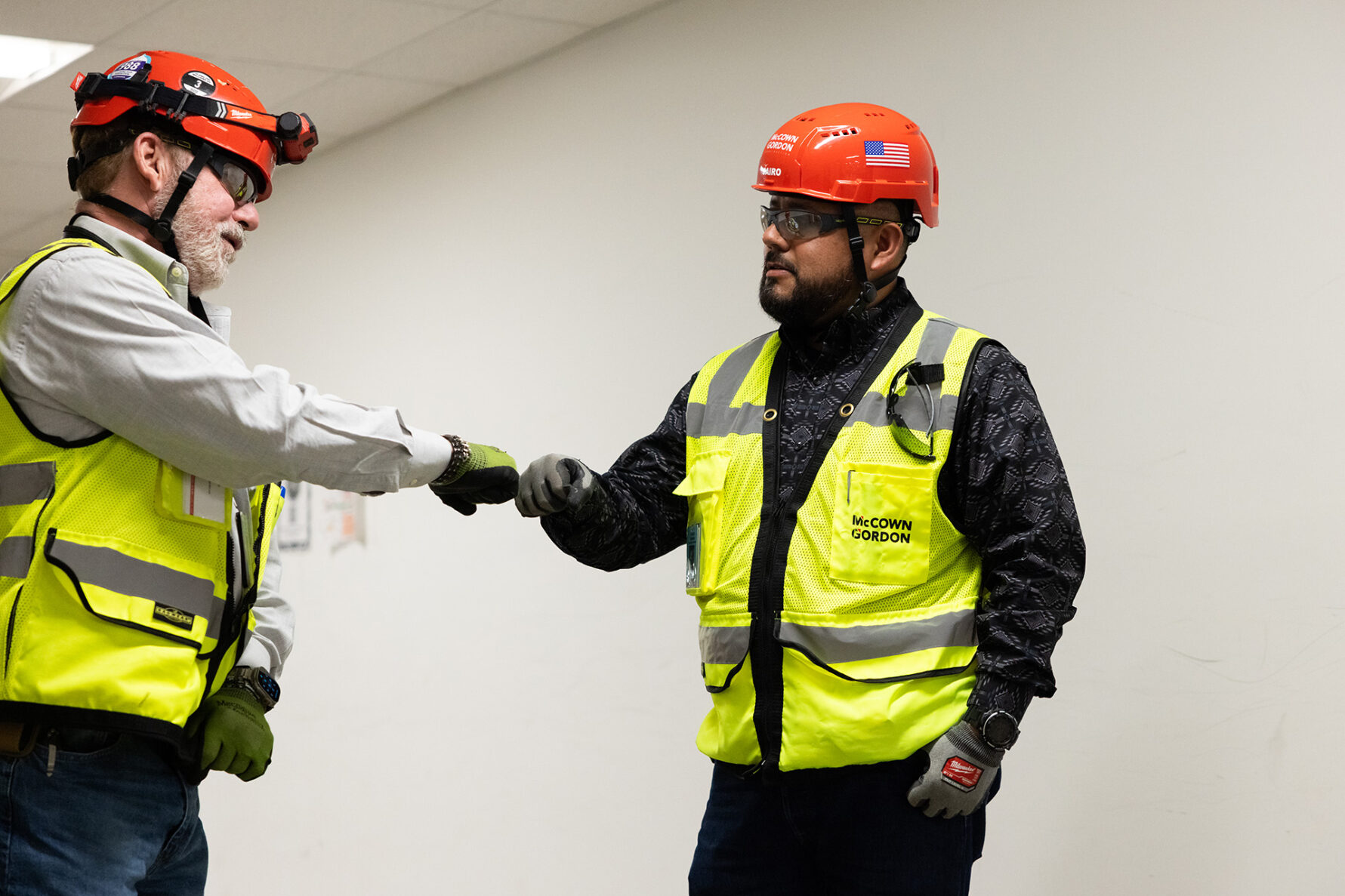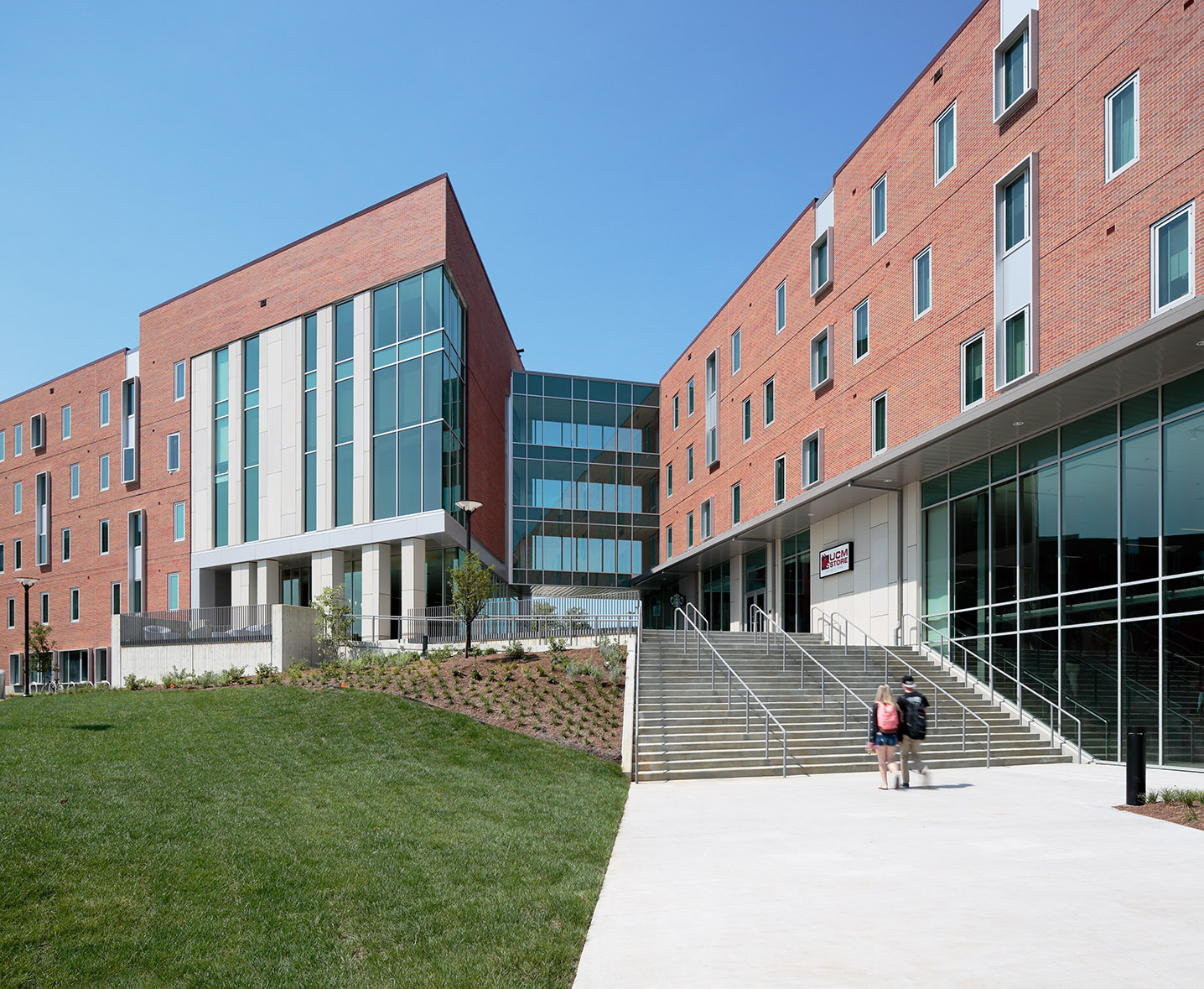The benefits of integrated project delivery

Complex projects typically involve many stakeholders. One method to align stakeholders is through a construction delivery method called Integrated Project Delivery (IPD). Through this process, the architect, construction manager, engineers and other key trade partners sign one contract with the owner.
Often, owners interested in IPD, step into the water by first doing a hybrid between IPD and design-build. In this model, traditional design and construction contracts are used but heavily modified to incorporate terms that will foster collaboration and early contractor involvement, as well as provide for some form of limited risk and reward sharing among the key project team members.
These building methods distinguish themselves as the most highly collaborative delivery method, thus resulting in a more transparent, innovative building experience.
When deciding what delivery method to use, owners and developers should weigh all options and use the one that provides the best value for their project. Because IPD is fairly new, many people don’t realize the benefits it could provide to the project. We created a delivery methods comparison and analysis for you if you are in the process of considering the best method for your project.
Delivery Methods Comparison and Analysis
To determine if IPD is right for a project, here are a few key benefits of utilizing IPD or an IPD hybrid delivery method.
Binds the commitment of the team
The design and construction teams enter into one contract with the owner and commit to the project budget and timeline up-front. This means they are all bought in together and working towards the same goal. A key benefit is that from the beginning, the team understands what constitutes a successfully completed project.
Establishes an up-front framework for how to best achieve overall project goals, unifying stakeholders to arrive at shared objectives
Because the teams are working together from the beginning of the project, the team collaborates on the overall project from preconstruction through completion. This gives full transparency during preconstruction with all team members and ensures they all understand the project scope. With the alignment of goals early on, it gives the owner the tools to make sound judgment calls and reduces the stress of decision making.
Creates a culture of collaboration from the beginning, eliminating knowledge dumps
This shared culture of focusing on clear goals and the same vision for success speeds the pace of the project. With collaboration at every stage, the project doesn’t halt for feedback from team players or from lack of communication among members of the various teams completing components of the work, which often results in cost savings.
Centers team on transparency and trust
To truly have effective collaboration, the team must be guided by trust and transparency. Open communication is welcomed. This environment sparks new innovations and the ability to rely on each other’s strengths for the betterment of the project.
Through the transparency of all team members, hidden agendas and costs evaporate. Throughout each stage of the project, everyone involved knows where the project stands and where the project is heading.
Shares risk and reward
With shared risk and reward the team truly relies on each other and pushes each other for success. The encouragement for a timely, cost-effective project isn’t coming from one member of the project team, but from the contracted team as a whole. They keep each other accountable throughout the entire project and encourage the best building experience across the board. This encouragement from all team members typically helps reduce the project cost.
Breeds innovative, timely and cost-effective ideas
Through shared risk and reward, the team encourages open dialogue and innovative thinking: “How can we put our teams together to come up with the best solution?” “As a team, how can we make this project better than believed possible?”
The team uses each other’s strengths, fills in where others are less skilled or knowledgeable, and truly becomes one combined entity that works to bring together the best value for the project. Not only does the owner benefit in the end, but the project team does as well.
Leveraging this collaboration and sharing of knowledge allows the team to better realize their highest potential while expanding the value they provide for the owner.
These benefits can’t be found through other methods. No other process gets committed buy-in from all the teams at the beginning stages of the project. With the shared risk and reward, the teams work harder to collaborate and come up with the best innovative, value-driven ideas.
Starting in preconstruction, the team, in order to successfully complete the project, must continually have open, transparent communication throughout, with one another and the owner. The IPD process wouldn’t work without the bound commitment of honesty, collaboration and trust between all parties.
We have three regional offices around the Midwest—Kansas City, Manhattan, and Wichita. Contact us or use our free online quote tool to start building today.




